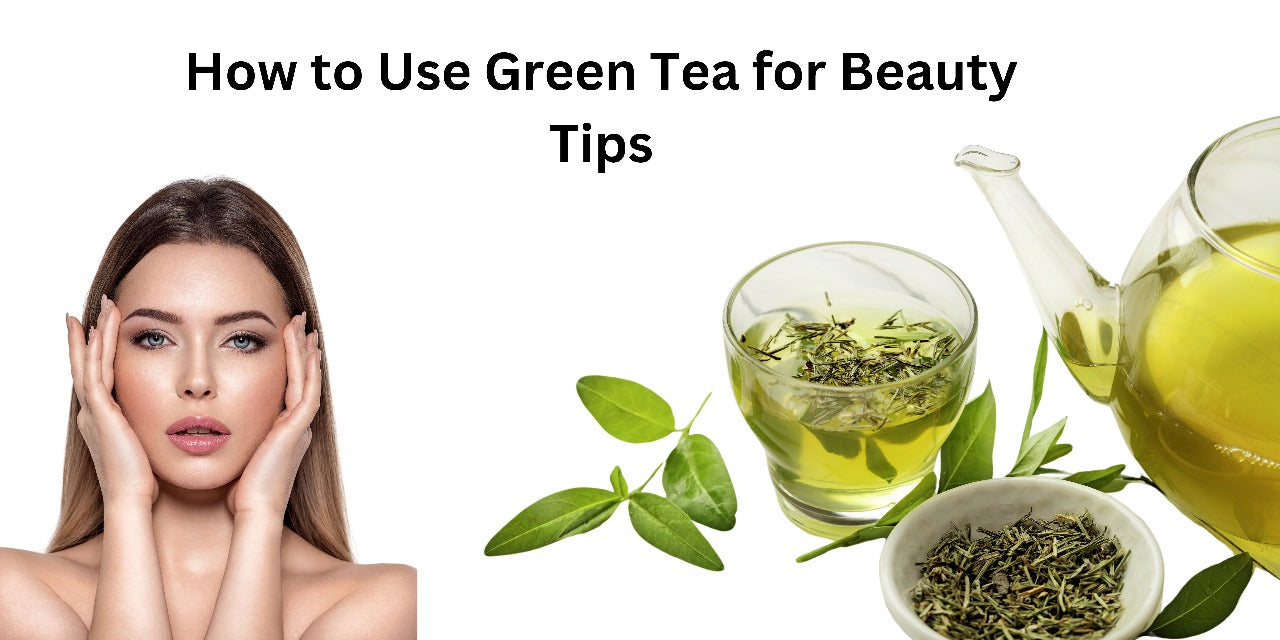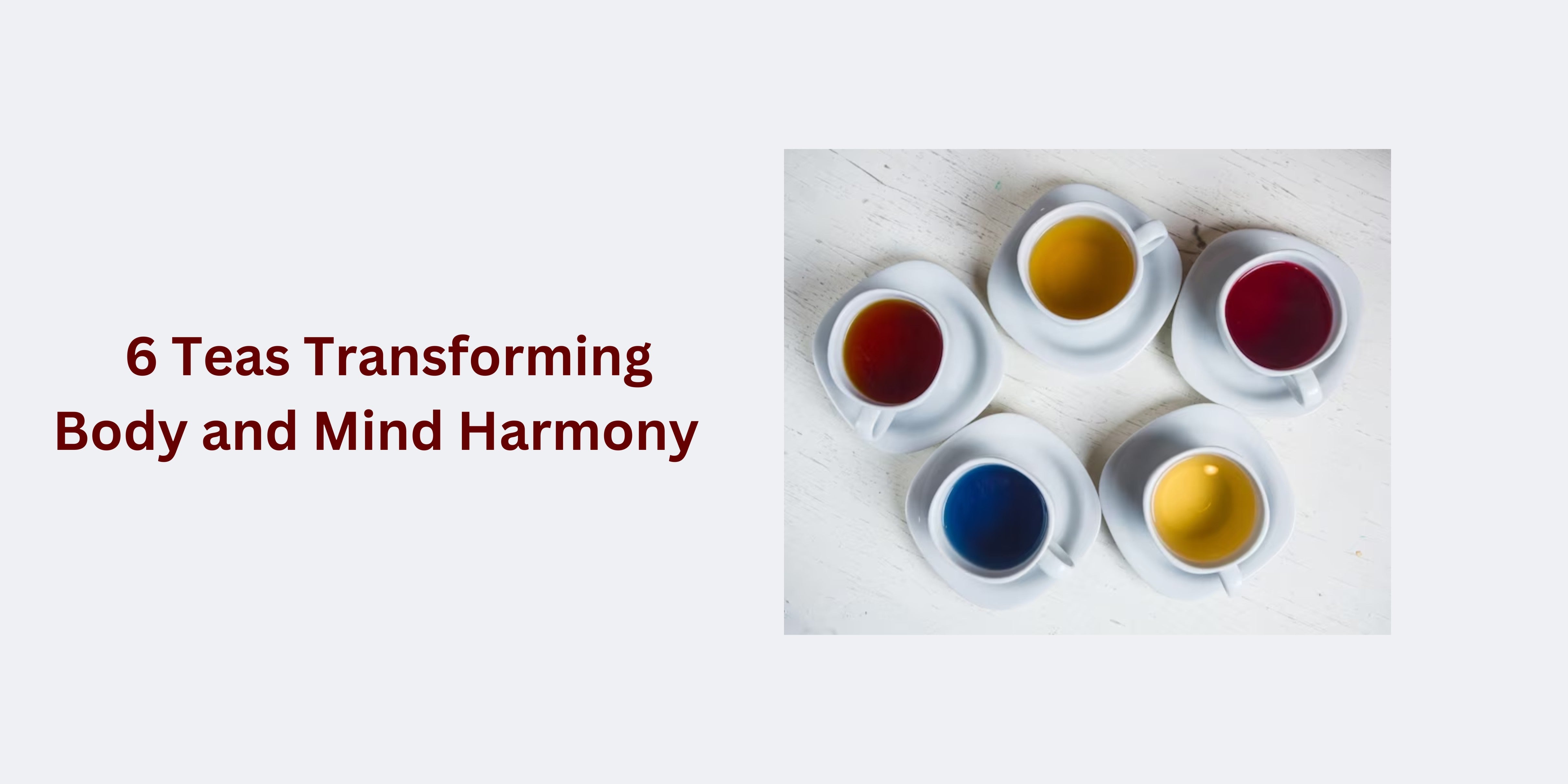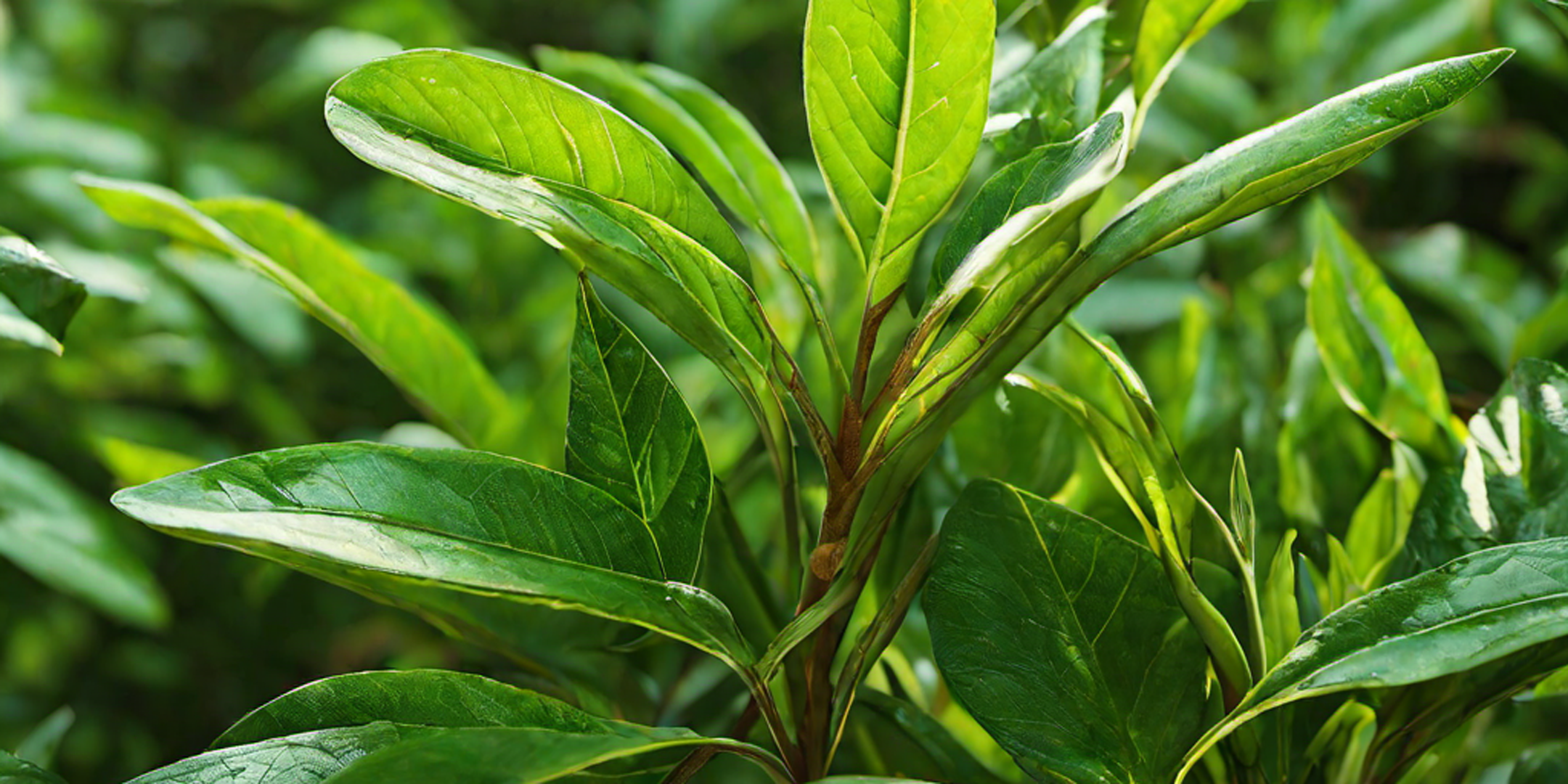1. An overview of tea preparation methods
Tea enthusiasts are often faced with the dilemma of choosing between a tea strainer and a tea infuser when it comes to brewing their favorite loose-leaf teas. While both tools serve the purpose of steeping tea leaves and preventing them from entering the cup, there are distinct differences between the two. Understanding these differences can help tea drinkers make an informed choice and achieve the perfect cup of tea. In this article, we will explore the distinction between a tea strainer and a tea infuser, and discuss the advantages and disadvantages of each. So, if you're a tea lover looking to enhance your brewing experience, keep reading to find out which tool best suits your needs.
2. Introduction to tea strainers and tea infusers
Tea Strainers:
A tea strainer is a commonly used tool to filter loose-leaf tea leaves from reaching the cup. It consists of a fine mesh basket or sieve that fits over the cup or teapot, catching any tea leaves that may have slipped through during the brewing process. Tea strainers are typically made of stainless steel or sometimes nylon, offering durability and ease of cleaning. They are available in various sizes and shapes, allowing users to choose according to their specific brewing requirements. While tea strainers are relatively simple and straightforward to use, they may not be ideal for teas with fine particles, such as rooibos or chamomile.
On the other hand, tea infusers are designed to brew loose-leaf tea while containing the leaves securely within a designated compartment. Commonly made from stainless steel or silicon, tea infusers provide a more immersive brewing experience as the tea leaves have enough space to expand and release their flavors fully. They come in a wide range of shapes and designs, such as balls, baskets, or novelty shapes. Tea infusers are especially suitable for teas with larger leaves or herbs that require space to infuse properly.
3. Key characteristics of a tea strainer
When choosing a tea strainer, there are a few key characteristics to consider. Firstly, the material is important. Stainless steel tea strainers are highly durable and can withstand frequent use without rusting or corroding. Nylon tea strainers are also a good option as they are heat-resistant and easy to clean.
Secondly, the size and shape of the strainer matter. A larger strainer is useful for brewing tea in a teapot, while a smaller one is suitable for single cups. The shape of the strainer will determine how well it fits over the cup or teapot, ensuring no leaves escape into your drink.
Lastly, the fineness of the mesh is crucial. The mesh should be fine enough to catch even the smallest tea particles, ensuring a smooth and debris-free cup of tea. Keep in mind that teas with fine particles may still require additional filtering to achieve the desired clarity.
4. Key characteristics of a tea infuser
Like tea strainers, tea infusers also come in various materials, sizes, and shapes. However, the main difference lies in their design. Tea infusers are typically enclosed containers with small holes or perforations that allow water to flow through while keeping the tea leaves contained.
When choosing a tea infuser, consider the material. Stainless steel infusers are popular for their durability and resistance to rust. Silicone infusers are another option, known for their flexibility and ability to withstand high temperatures.
Size and shape are also important factors. Tea infusers come in various sizes, from small single cups to larger teapot infusers. The shape should fit the brewing vessel properly to prevent any leaks or tea leaves from escaping.
Lastly, the design of the infuser affects how well the tea is steeped. Look for infusers with fine mesh or small perforations to ensure that the tea leaves are steeped evenly and that no large particles escape into the brew.
In the following section, we will discuss the advantages and disadvantages of using a tea infuser, helping you make an informed decision for your tea brewing needs.
5. Advantages and disadvantages of using a tea strainer
Tea infusers offer several benefits that make them popular among tea enthusiasts. Firstly, using a tea infuser allows for easy removal of the tea leaves after steeping, preventing over-brewing and ensuring a consistent flavor. Additionally, the enclosed design of tea infusers prevents tea leaves from floating in the water, resulting in a cleaner and smoother cup of tea.
However, tea infusers do have some drawbacks. The enclosed design can sometimes restrict the water flow, resulting in a slower extraction process. This may affect the strength and flavor of the tea. Furthermore, some infusers can be difficult to clean due to their intricate design.
Ultimately, the choice between a tea infuser and a tea strainer depends on personal preference. If convenience and ease of use are important to you, a tea infuser may be the better option. However, if you prioritize a faster brewing process and easier clean-up, a tea strainer might be more suitable.
In the next section, we will delve into the key features of tea strainers and explore their advantages and disadvantages. Stay tuned to find out which option best suits your tea brewing needs.
6. Advantages and disadvantages of using a tea infuser
Tea strainers are another popular tool for brewing loose-leaf tea. These simple and straightforward devices are typically made from stainless steel or mesh and consist of a bowl-shaped basket with a handle.
One advantage of using a tea strainer is the speed at which it allows the tea to steep. The larger holes in the mesh or strainer allow for a faster extraction process, resulting in a quicker brewing time. This can be especially beneficial for those who are always on the go and need their tea fix in a hurry.
However, one drawback of using a tea strainer is that it may not catch all the tea leaves, allowing some to escape into the cup. This can result in a slightly grittier texture and potentially alter the flavor of the tea.
Another disadvantage of tea strainers is cleaning. Unlike tea infusers, which can easily be rinsed and cleaned, tea strainers can sometimes trap tea leaves within their mesh or strainer mechanism, making it challenging to completely remove them.
Ultimately, choosing between a tea strainer and a tea infuser comes down to personal preference. If you prioritize convenience and speed, a tea strainer may be the better option. However, if you prefer a cleaner cup of tea with less residue and easier cleaning, a tea infuser might be more suitable for you. In the next section, we will discuss the different types of tea strainers available on the market and their unique features. Stay tuned to learn more about these options and find the perfect tea strainer for your tea brewing needs.
7. Which one is right for you?
When deciding between a tea strainer and a tea infuser, it's essential to consider your personal preferences and tea brewing needs. Both options have their pros and cons, so it ultimately comes down to what you value most in your tea-brewing experience.
If you prioritize convenience and speed, a tea strainer may be the right choice for you. The larger holes in the mesh or strainer allow for a faster extraction process, resulting in a quicker brewing time. This can be especially beneficial for those who lead a busy lifestyle and need their tea fix in a hurry.
However, if you prefer a cleaner cup of tea with less residue and easier cleaning, a tea infuser might be more suitable. Tea infusers are designed to catch all the tea leaves, preventing them from escaping into your cup. They are also easier to clean, as they can be simply rinsed and reused without the hassle of trapped tea leaves.
In the next section, we will discuss the different types of tea strainers available on the market and their unique features. Stay tuned to learn more about these options and find the perfect tea strainer for your tea brewing needs.




